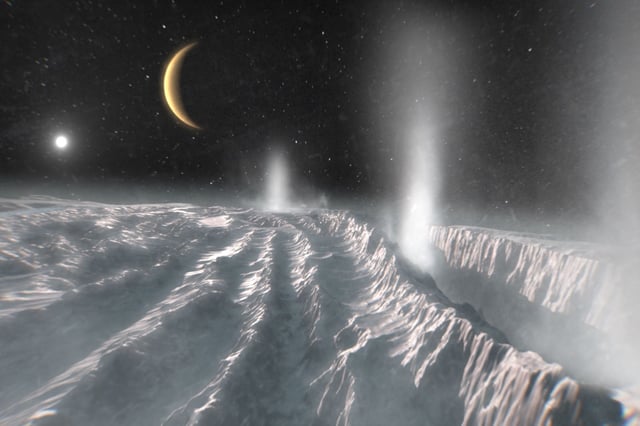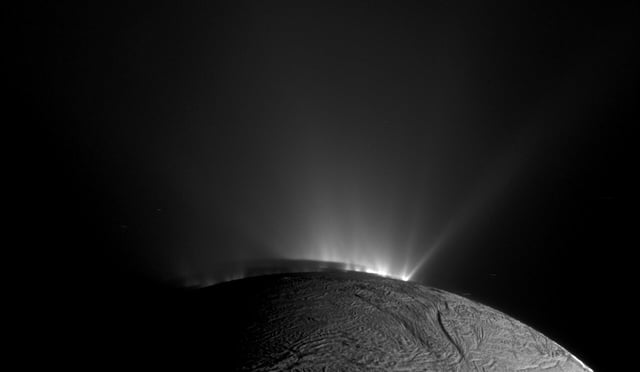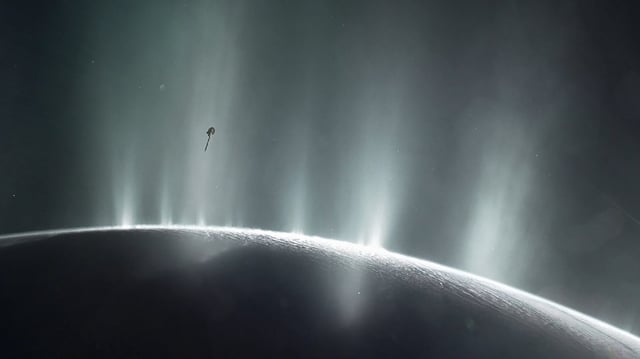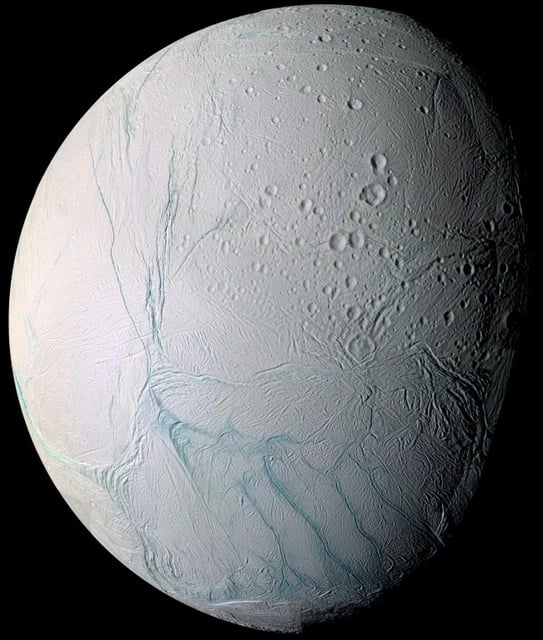Overview
- Published in Nature Astronomy, the study led by Nozair Khawaja identifies complex organics in minute‑old plume ice, including aromatics, aldehydes, esters, ethers and alkenes, with hints of nitrogen‑oxygen compounds.
- Fresh grains that struck Cassini’s Cosmic Dust Analyzer at about 18 km/s exposed organic signatures previously masked in older, slower E‑ring samples, confirming an origin in the subsurface ocean.
- The molecular mix aligns with hydrothermal‑vent style chemistry and, together with earlier detections of salts, hydrogen and phosphates, brings Enceladus to five of six CHNOPS elements, with sulfur still unconfirmed.
- Researchers used new spectral‑matching and signal‑processing methods to extract clear signals from noisy 2008 data, improving on earlier analyses of space‑weathered E‑ring grains.
- Scientists stress this is not evidence of life and urge targeted missions; ESA is studying an orbiter with plume flythroughs and a south‑polar lander concept for a potential launch in the 2040s.



